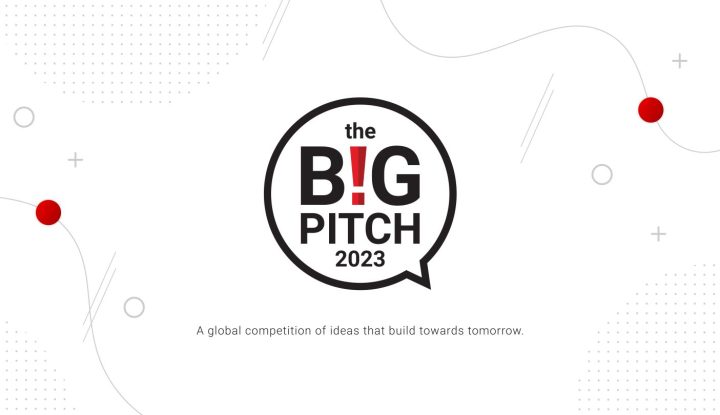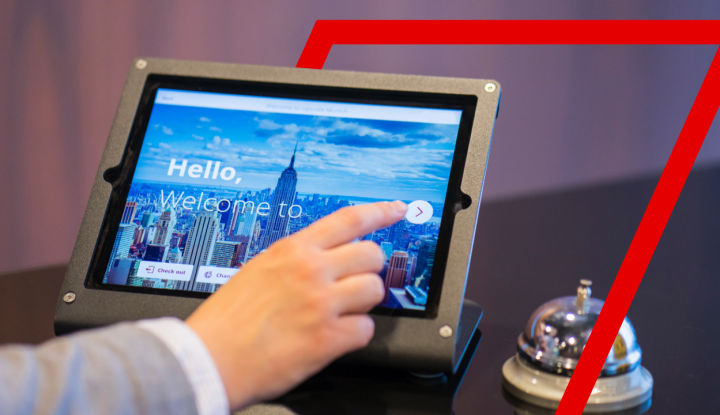Article
Pokémon Go doesn’t have a lock on cute and cuddly map-based games in travel
The Pokémon Go phenomenon demonstrates the possibilities of a mash-up of the digital and the physical. For travel brands, the game’s popularity revealed how eager passionate gamers can be to engage with the real world. Another reminder of latent opportunities has come this week from Google – who just so happens to also a part owner of Pokémon Go.
The large tech brand often leverages its Google Maps to showcase the world. By bringing users to unexpected places, such as the Great Barrier Reef, the brand earns media coverage. These efforts also show how fun and games can work to promote destinations. This is bleeding-edge content marketing at work. Google takes a product and highlights what makes it unique through compelling, shareable content.
The latest in this string of earned media is an “an experiment built with 3D maps, inspired by kids.” Yep, there’s a nice dose of “aww” along with this technology. Meet Verne, the lovable 500-foot Yeti! This cuddly beast wanders the Himalayas, both on foot and via other methods. Hanglider? Check. Jetpack? Check. Vene’s size is a visible measure of the surroundings, making for captivating exploration.
And while Verne has no clear game mechanics, it still feels like a game. It’s less educational and more inspirational. You can’t beat a competitor or make it to the next level. But it still pulls you along for the ride, just as a more traditional game mechanic would. So while it’s not technically a game, the experience feels like one.
The Google Maps team spent the time on this project as a “fun way for anyone to take a summer trip to the tallest mountain range in the world.” Not only does the brand seem passionate about education but also passionate about its memorable technology.







